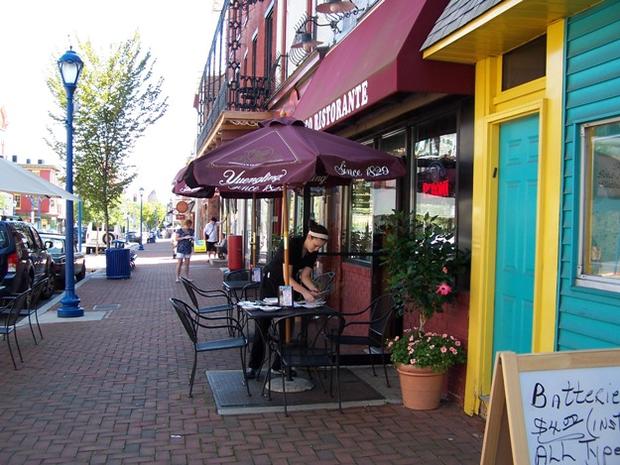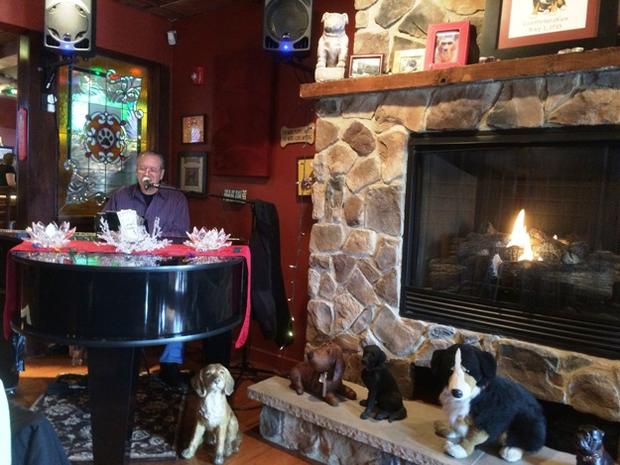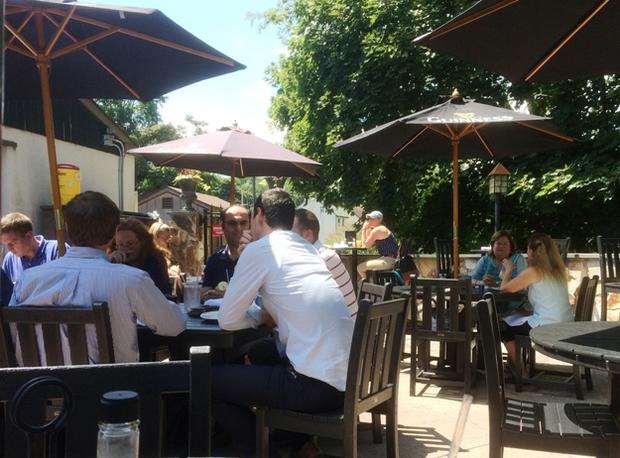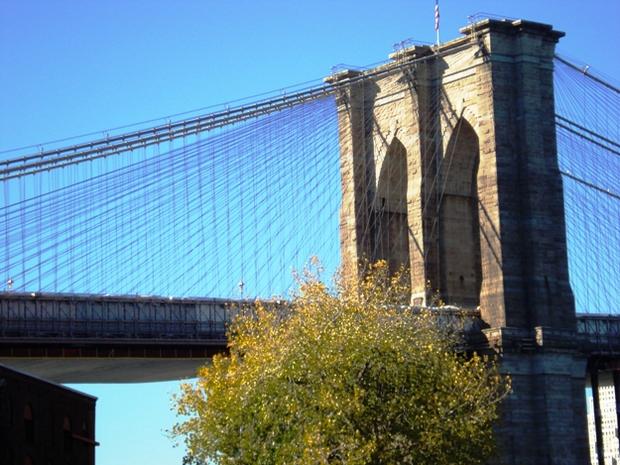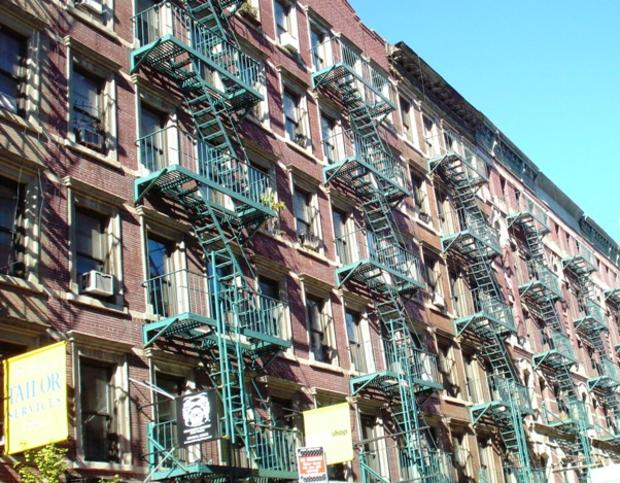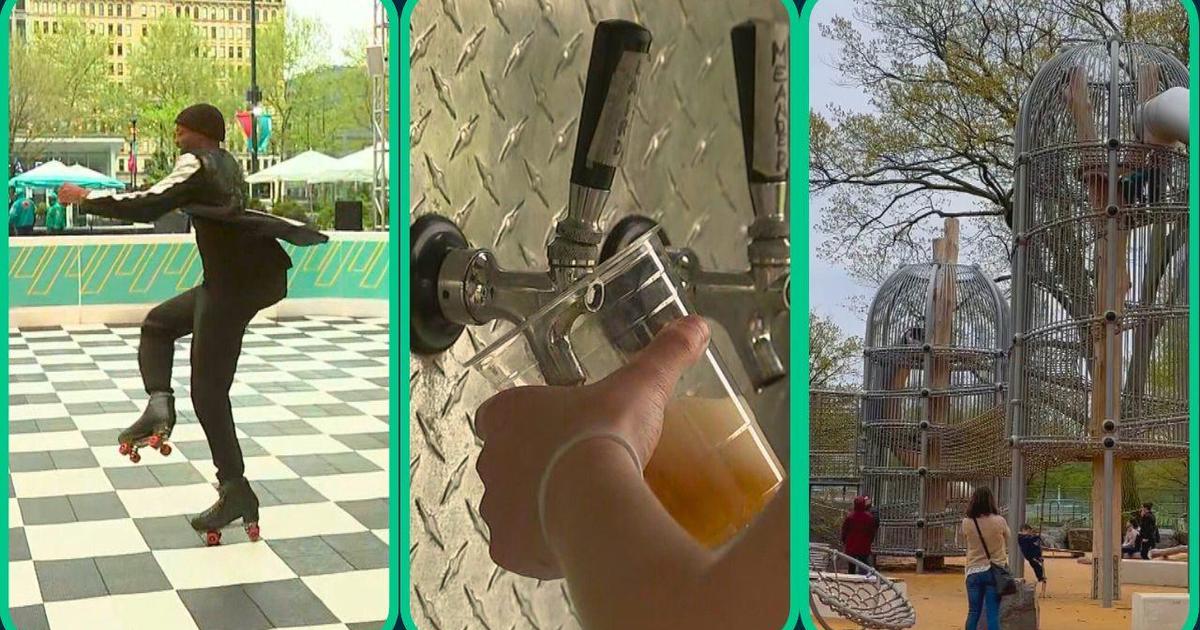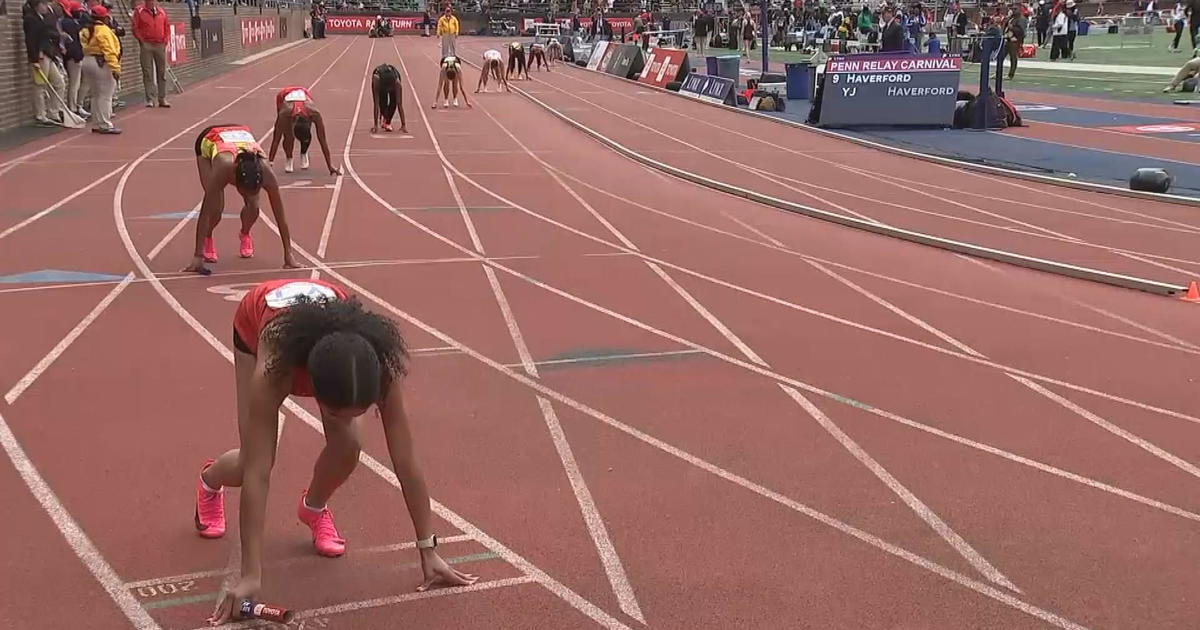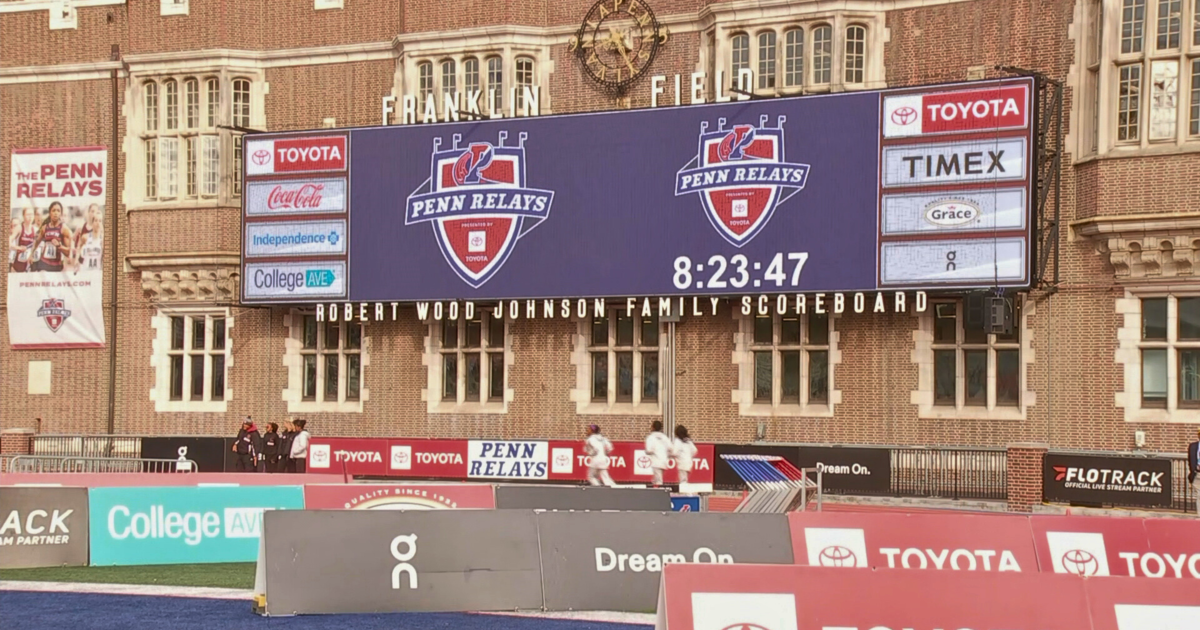Getaway Guide To Labor Day Reflections
PHILADELPHIA (CBS) -- Labor Day celebrates the men women and yes, even children who worked to build, feed and fuel America. Many of them forged the labor unions that expanded from representation of women in the sweat shops of New York to the steel makers, miners and builders of bridges. In later years - even white-collar professionals, actors, writers and broadcasters became part of the rank and file. But over my own lifetime there has been such a dramatic shift in working America that the jobs of today would be totally alien to those that existed when I was born. So, for a long Labor Day weekend, lets visit some industries of the past that raised families to see its first children in college and the occupations that have evolved from modern globalization, technology and education. Let's start right here in....
PHOENIXVILLE, PENNSYLVANIA
Right up to the 1970's Phoenixville on the Schuylkill River in Chester County was the classic "Factory Town." Most of the population worked at the giant Phoenixville Steel complex or in businesses that supported the mill and its employees. Many were members of the powerful Steelworkers Union. But mass steel production went away. A visit to Phoenixville today reveals a town that literally rose from the factory ashes to become a vibrant community that services the new Pharmaceutical plants and research centers, nearby. It has become a restaurant and entertainment hub and employs thousands at a vibrant hospital and cluster of medical offices. Modern apartments in the heart of the borough are steps from the iconic Colonial Theater, pubs and boutique eateries and shops. While just on the outskirts of town, outdoor enthusiasts find kayaking, canoeing, biking trails and horse country. Read the Phoenixville history. Then visit and live the revitalization.
CONSHOHOCKEN, PENNSYLVANIA
Like Phoenixville, Conshohocken was a steel workers town with a rubber and tire factory component. Both industries lost their American foothold at the same point in time. Workers who believed their children would follow them into the "secure" factory jobs were left in despair. Today technology, auto sales and a printing plant have risen in place of steel and rubber. The new industries have fueled a vibrant apartment and housing boom, a lively restaurant scene and a specialty shopping destination. For suburbanites, linking up with friends for Happy Hour after work, Conshohocken has become the crossroads for drinks, nibbles and dinner at the Boathouse or Great American Pub, dinner at the Black Fish, Lucky Dog or nearly a dozen other unique stops. What makes this town a meeting hub is the location right near the junction of the Schuylkill Expressway and Blue Route. Plenty of free and low-cost parking here. Read the history. Then visit the fun.
COATESVILLE, PENNSYLVANIA
To get the full impact of Pennsylvania's industrial heritage and the changing labor landscape in the Keystone State, take a Labor Day Weekend drive in the country to Chester County where a pastoral panorama and the history of steel sit side by side. At Coatesville, you'll find the stories of men and women who worked the furnaces and mills for over 200 years. Their work is on display at the National Iron and Steel Heritage Museum on the grounds of the Lukens plant that produced everything from locomotives to submarines. The list of American icons, traced by museum exhibits includes bridges, oil rigs, nuclear plants and a Trident salvaged from the ruins of the World Trade Center. After a tour of the Lukens family homes and landscaped grounds, ramble south along the back roads and the storied Chester County Hunt country. You'll find a leisurely British lunch at the Whip Tavern, an authentic English country pub.
NEW YORK CITY
It took one of the deadliest workplace tragedies to accelerate the American labor movement for the protection of workers. The backdrop was Greenwich Village in 1911 when 146 sweatshop workers, many recent immigrants died as fire consumed upper floors of the Triangle Shirtwaist Factory. Their deaths spurred the rise of the International Ladies Garment Workers Union and strident voices for improved working conditions, pay and safety. To absorb a sense of how these early 20th century arrivals to American shores lived, take one or more of the tours offered by the Lower East Side Tenement Museum.
Absorb the heritage while enjoying the holiday.
